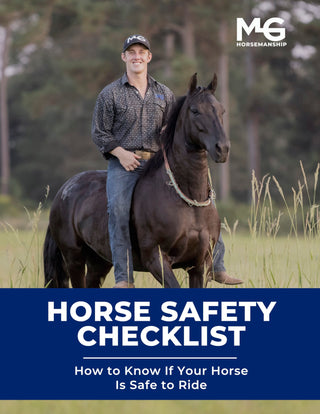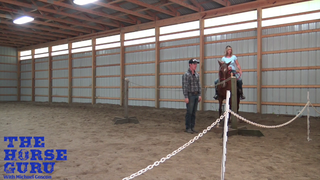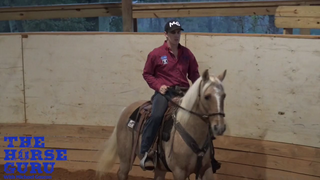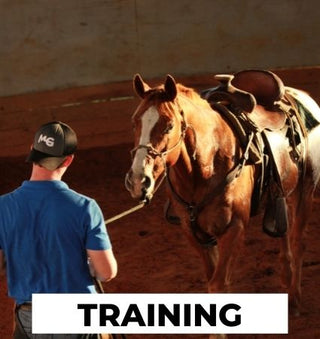Watch the Video Here or continue reading below!
If you're transitioning to a Western-style approach or simply want your horse to lower its head and accept a bridle calmly, teaching the “drop head for bridling” cue is a must. This method not only creates a safer, more respectful environment but also encourages better communication between you and your horse.
In this post, we’ll break down the process of training your horse to drop its head under your arm and accept the bridle willingly — the Western way.
Why Head-Lowering Matters
Better Control, Safer Bridling
Bridling a horse from the front is often recommended for safety, especially when working with green or unpredictable horses. However, many riders prefer the traditional Western method, where the horse lowers its head and allows the bridle to be slipped on while standing at its side. This method works best when the horse is calm, respectful, and responsive.
Step 1: Build Respect First
Your Horse Must Earn This Level of Trust
Before attempting to teach your horse to drop its head for bridling, it’s essential to complete basic groundwork and respect training. The horse must be well broke, trustworthy, and non-reactive. If your horse still tends to jerk its head or resist handling, revisit foundational exercises that reinforce respect and responsiveness.
Key point: This is not a beginner’s move. Only attempt this if your horse has gone through a full respect series and has proven they won’t react unpredictably.
Step 2: Position Yourself Safely
Stand on the Left, Hold with the Right
When you’re ready to bridle, approach your horse from the left side. Use your right hand to guide their head and your left hand to hold the bridle.
Pro tip: Go over the far ear first, then the near ear. This technique provides better leverage and keeps your movements smooth and controlled.
Step 3: Mind Your Space and Safety
Even the Calm Ones Can Surprise You
Even with a calm horse like Tarzan, it's crucial to remain cautious. Horses can throw their heads unexpectedly, and putting your face close to theirs can put you at risk. That's why most professionals, especially those handling many unfamiliar or reactive horses, recommend keeping your body and hands at a safe distance during bridling — unless the horse has truly earned your trust.
Step 4: Bridle With Intention
Smooth, Confident Movements
Once your horse’s head is lowered and relaxed, slip the bridle on confidently. Practice this movement so it becomes smooth and instinctive. The more consistent and gentle your technique, the more relaxed your horse will become.
Final Thoughts: Practice Makes Peaceful Bridling
Teaching your horse to drop its head for bridling the Western way is all about trust, respect, and safety. While it might look simple with a trained horse, the groundwork and preparation are what make this technique effective and safe.










